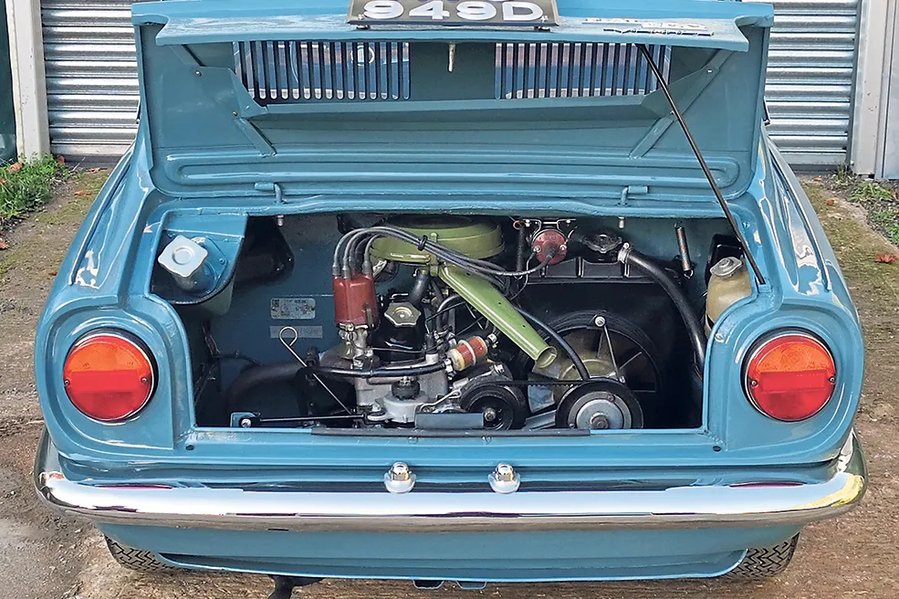PRA issues update on refuelling classics with hidden filler necks

The Petrol Retailers Association (PRA) has issued a technical update about the refuelling of classic cars. It comes after the Federation of British Historic Vehicle Clubs (FBHVC) raised concerns after recent incidents where people were told they were not allowed to refuel their vehicles.
Two months ago, YouTuber Geoff Buys Cars reported on how BP would not authorise the pump when he went to refuel his Renault 10 because he would not close what was perceived to be the boot – something he couldn’t’ do because the filler neck is located in the ‘boot’ area next to the rear-mounted engine. Some drivers reported similar issues, while others didn’t have a problem. Nevertheless, the PRA, which represents independent fuel retailers, motorway service operators and supermarkets, accounting for 65 per cent of all UK forecourts, has moved to clarify the situation.
In a technical update issued to all forecourt members, PRA technical director Phil Monger explained best practice, pointing out that there are several vehicles, mostly classics, that have fuel fillers that require the boot or bonnet to be open during refuelling.
“Modern Ford Transits require the passenger or driver’s door to be opened to gain access to the fuel filler in the side of the van,” he said. “Examples of cars are the Hillman Imp and derivatives, such as the Singer Chamois and the Sunbeam Stiletto, Renault 10, Fiat 850, and VW Beetle. Early Land Rovers have the fuel tank under the driver’s seat, so the driver’s door has to be open during refuelling.
Apparently, the issue relates to the filling of portable containers. “The Petroleum (consolidation) Regulations 2014 require only suitable containers to be filled, which are specified,” added the update. “It is an offence to allow the filling of unsuitable containers.
“The site operators’ guide, The Red Guide, also makes it clear that the filling of a container in the boot not only prevents the bonding to earth of the container, which is done by standing it on the ground, but also leaves a boot full of flammable vapour and high risk of fire or explosion if ignited. If the bonnet or boot are open, it is impossible to see a container, and an open boot or bonnet would suggest to the forecourt attendant that a container is being filled.
“With certain classic cars, this is a legitimate case of filling a vehicle tank, and the issue should be easily resolved by a discussion taking place between attendants and motorists by way of the Tannoy [public address system].
“The PRA would suggest to the motorist that before attempting to fill the vehicle, to alert the attendant to the need for a raised bonnet or boot lid, and access would be granted.”
Related News
